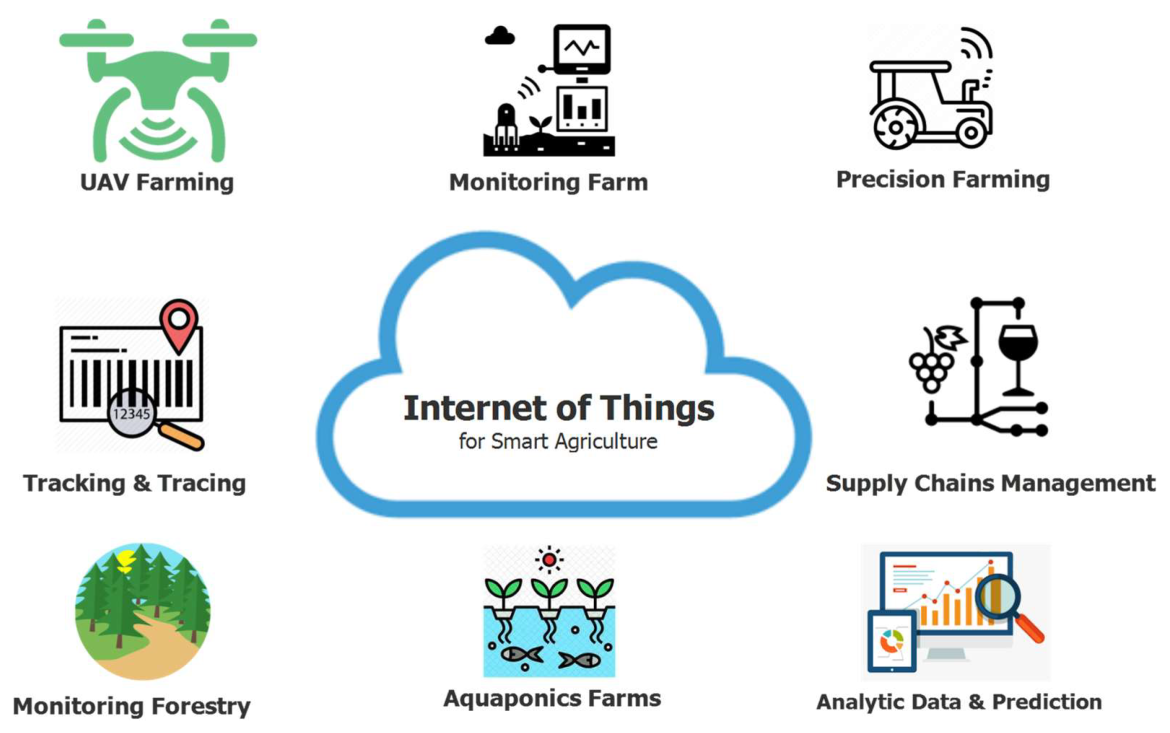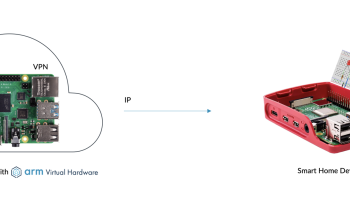Imagine a world where anyone—yes, anyone—can tweak, improve, or rebuild the gadgets they own. No corporate gatekeepers, no proprietary black boxes. That’s the promise of open-source hardware (OSH), where blueprints for physical devices are shared freely, inviting collaboration and innovation from a global community.
What Exactly Is Open-Source Hardware?
Open-source hardware isn’t just about circuit diagrams posted online. It’s a philosophy. Think of it like a recipe shared with the world—except instead of baking a cake, you’re building a robot, a 3D printer, or even a satellite. The key ingredients? Transparency, accessibility, and the freedom to modify.
Here’s the deal: When a project is open-source, its design files (schematics, CAD models, firmware) are published under licenses that let others study, adapt, and distribute them. No legal minefields, no hidden costs. Just pure, unfiltered innovation.
Why Open-Source Hardware Matters
Sure, proprietary tech has its place—but open-source hardware flips the script. Here’s why it’s gaining traction:
- Democratizes innovation: A student in Nairobi can improve a design originally drafted in Berlin. No PhD? No problem.
- Reduces costs: Shared knowledge means fewer reinventions of the wheel. Communities pool resources to solve problems faster.
- Encourages sustainability: Repairability thrives when devices aren’t locked behind “warranty void if removed” stickers.
- Fosters trust: Know exactly what’s inside your device—no shady backdoors or planned obsolescence.
Notable Open-Source Hardware Projects
From DIY gadgets to high-tech lab equipment, OSH projects span every niche. Here are a few standouts:
1. Arduino
The poster child of OSH. Arduino’s microcontroller boards power everything from art installations to smart farms. Its open design sparked a maker revolution—and honestly, it’s hard to overstate its impact.
2. Raspberry Pi
This credit-card-sized computer proved open-source hardware could be both affordable and wildly capable. Schools, tinkerers, and even corporations use it for prototyping, education, and more.
3. Open Source Ecology
Ever wanted to build a tractor from scratch? This project provides blueprints for 50+ industrial machines—from brick presses to wind turbines—all open-source. It’s like a Wikipedia for heavy machinery.
4. Prusa 3D Printers
Prusa’s printers dominate the hobbyist market, thanks to their open designs and active community. Users tweak, remix, and share upgrades constantly—a living example of collaborative R&D.
How Communities Drive Innovation
Open-source hardware isn’t just about files on a server. It’s about people. Online forums, hackathons, and wikis turn solitary projects into collective triumphs. Here’s how communities amplify OSH:
- Crowdsourced troubleshooting: Stuck on a bug? Post it, and someone halfway across the globe might have a fix.
- Iterative improvements: One user’s mod becomes another’s breakthrough. Progress compounds.
- Local adaptations: A solar-powered device designed in Germany might be reworked for monsoons in Bangladesh.
Take the RepRap project, for instance. This open-source 3D printer can print its own parts—and its community has spun off dozens of derivative designs. That’s the power of shared knowledge.
Challenges (Because Nothing’s Perfect)
Open-source hardware isn’t all sunshine and soldering irons. A few hurdles persist:
- Funding: Unlike proprietary tech, OSH often relies on donations, grants, or volunteer labor.
- Quality control: With no central authority, bad designs can spread—though communities usually self-correct.
- Scalability: Mass production is tricky when designs evolve daily.
Still, these challenges spark creative solutions. Crowdfunding platforms like Crowd Supply bridge funding gaps, while tools like Git (adapted from software) help manage design revisions.
The Future: Where Open-Source Hardware Is Headed
OSH is leaking into industries once dominated by patents and trade secrets. Medical devices, renewable energy systems, even aerospace—all are seeing open-source experiments. NASA, for example, released open designs for a Mars rover. And startups like Framework prove modular, repairable laptops can compete with giants.
One trend to watch? Open-source silicon. Projects like RISC-V are creating free-to-use processor designs, challenging Intel and ARM’s grip on the market. It’s early days, but the implications are huge.
So, what’s next? Maybe open-source smart cities. Or AI hardware built by communities, not corporations. The only limit is collective imagination.
In a world obsessed with ownership, open-source hardware offers a radical alternative: what if we shared instead? The results, so far, speak for themselves.




